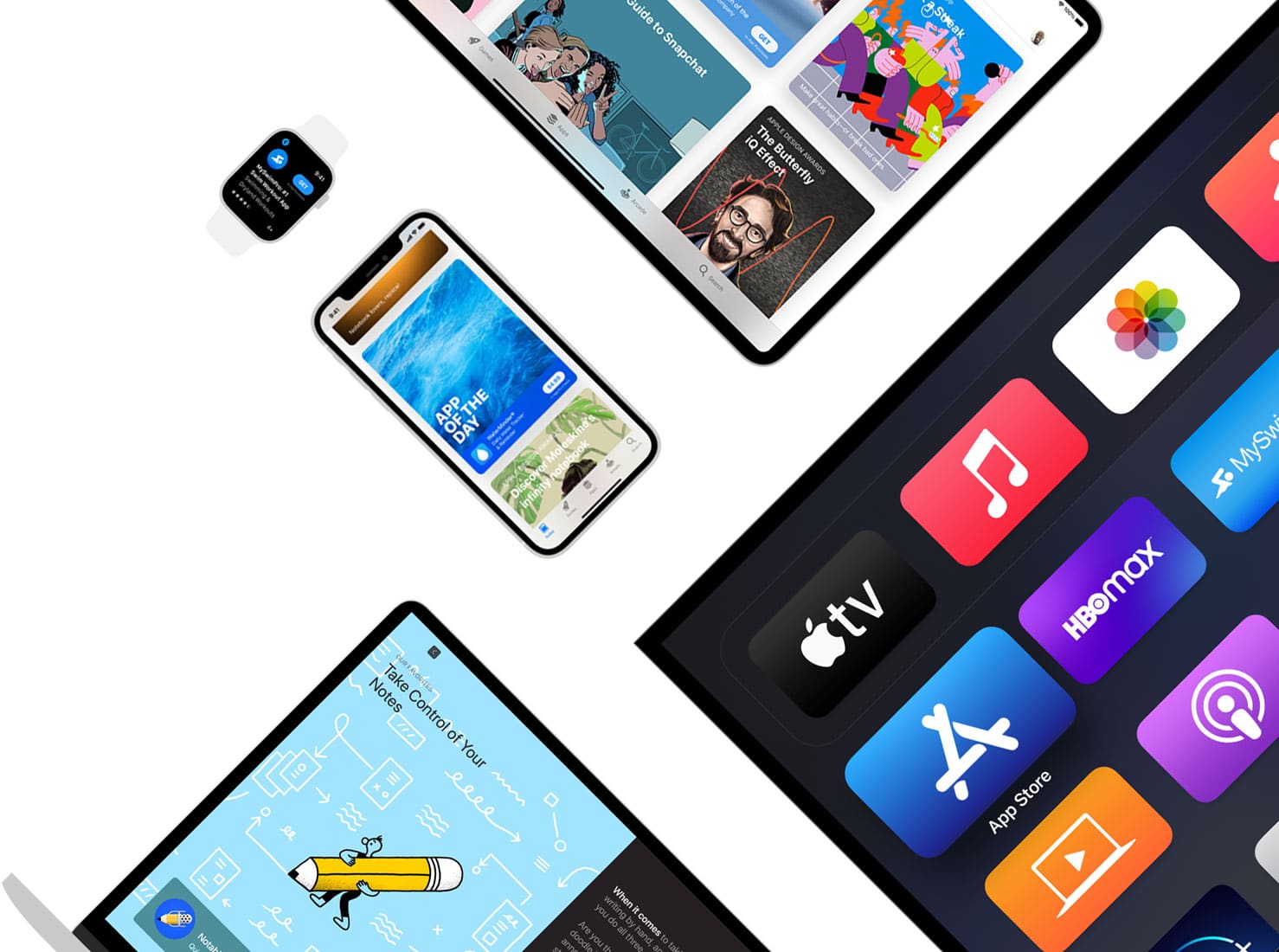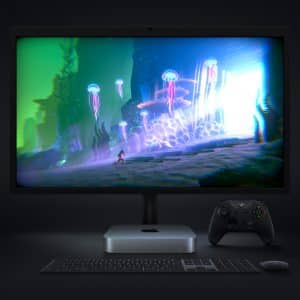When Steve Jobs launched the very first iPhone, 13 years ago, no one could have predicted how big a role the smartphone would play in our daily lives. From phone calls and messaging services to an answer for everything with a simple search, we keep a lot of our lives tucked into our pockets.
According to research from RescueTime in 2019, we spend an average of three hours and fifteen minutes a day on our phones. It is, perhaps, no wonder then to learn that the global mobile app market is worth an estimated $365 billion, a figure which has been projected to grow to $935 billion in 2023. While many companies have recognized the importance of having a mobile app for customers to download, some have yet to stumble upon the secret ingredients to making a great app.
If you’re a business owner looking to develop your own branded app, find out what makes an app great, and stand out from the rest.
It’s Stable
Many company apps work as online shops that have been optimized for mobile to simplify the shopping experience for consumers browsing and buying products from their phones. However, one key thing that companies often fail to factor in is app stability.
Have you ever opened a shopping app, filled up your basket, and navigated to the payment page only to have the entire app crash and lose your order? If you have, did you open the app again and go through all of the stages again to recreate your order, or did you simply delete the app and shop elsewhere? Market research shows that most people tend to do the latter.
The top apps in the App Store iterate ten times faster than their competitors, so developers must ensure that their app is stable and reliable in order to keep their consumers on board. Fast release cycles allow companies to keep their apps relevant and sensitive to consumer feedback, in turn improving the stability of their apps and improving their customer retention.

It’s a One-Stop Shop
People often lament the death of the high street and how the small, independent shops that they used to love are no longer open. The internet is often blamed for the demise of our small, local shops. However, our individual shopping habits have had their impact too.
While the idea of visiting the butchers for your beef before dropping into your local fruit and veg shop might seem quaint and idyllic, shopping habits show that most consumers don’t like to purchase their goods in this way.
According to market research, consumers prefer to buy everything in one place, which is why superstores are so popular. This works the same for mobile apps, as users want as many of their needs as possible covered by a particular app.
Those who enjoy gambling and casino games are a good example here, as they often prefer spending their time playing a variety of games, rather than just one game repetitively. One of the best in the business, 888 casino, offers a large variety of slots, table, and card games, while these games can be played on desktop, they are also a hit at their impressive mobile casino.

It’s Attractive
While you should never judge a book by its cover, we all do. We’re much more likely to pick the fiction book with the appealing front cover in the shop than a superior book with a dull design.
Apps are much the same, with consumers often choosing to download one app over another in a matter of seconds based on their initial first impressions. To prove this point, let’s consider the most popular mindfulness apps on the market – Headspace, and Balance.
Headspace features an interactive cover on the App Store and has a visually appealing logo of a happy sun sitting mindfully under a rainbow. The Balance logo, however, has no interactive cover and a simple logo of the letter ‘B’.
Headspace has been reviewed 244,000 times on the App Store, while Balance has racked up a meager 77,000. Objectively, Balance is a better meditation app than Headspace and is also cheaper, yet it is still vastly less popular.
While there is a myriad of factors that could explain this disparity in popularity, the most obvious factor is the apps’ attractivity. Headspace looks sleek, welcoming, and happy, whereas Balance looks basic and functional.
If you want an app to be a success, make sure it’s attractive enough to grab the eye of potential users and appeal to them from the first step.
Headspace’s engaging and appealing visuals make it more attractive to users on the App Store.
It’s Safe
While the look and feel of an app might matter to a customer, the security of the app is arguably what matters most.
A successful app should generate profit by selling goods and services. To do this, the app must process the sensitive personal data of customers and it must do this safely and securely to maintain trust. Research shows that malicious code is affecting over 11.5 million devices at any given moment.
Your first priority when developing an app should be to write secure code which can be reviewed regularly to make it tougher to breakthrough. After that, an app should ensure that every single unit of data exchanged on it must be encrypted. How you handle this data must be stipulated and clear in the website privacy policy that provides transparency to your users.
Some other factors that need to be considered to ensure the safety and security of an app are:
- High level authentication
- Tamper-detection technology
- Cryptography
- The principle of least privilege







